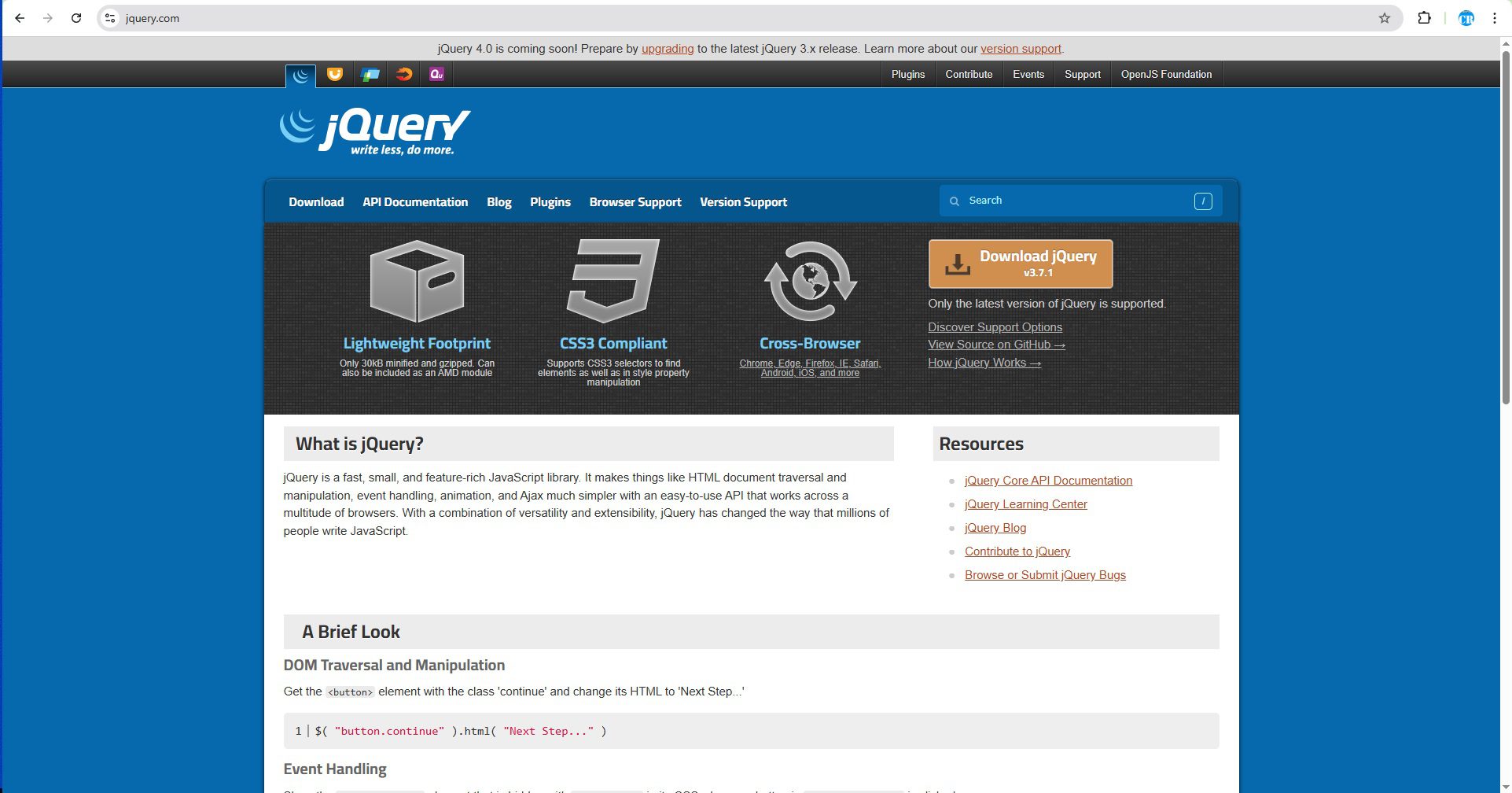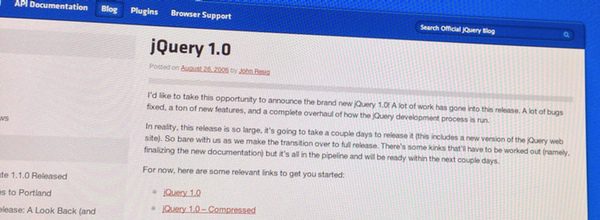
WordPress remains one of the most popular content management systems globally, built on PHP. Since its inception, PHP has powered many of its core features, but JavaScript has increasingly taken center stage. Project lead Andrew Nacin, however, says that in the future much more will be built in JavaScript.
“We’ve been moving toward JavaScript for years, and by 2025, it’s integral to nearly every major feature,” Nacin told WPBay. “Look at the block editor or real-time collaboration tools – JavaScript is the backbone.” Introduced in WordPress 5.0, the Gutenberg block editor revolutionized content creation with a JavaScript-driven interface. WordPress 6.0 later enhanced this with real-time previews and dynamic block patterns.
“Features like these rely heavily on JavaScript for responsiveness and interactivity,” Nacin said.
WordPress Block Editor: A JavaScript Powerhouse
The block editor, codenamed “Gutenberg,” remains one of WordPress’s most ambitious JavaScript projects. Its drag-and-drop functionality and live editing capabilities have set the standard for modern CMS interfaces since its 2018 debut.
Shared Values with jQuery
Daryl Koopersmith, listed as a core developer in previous years, a key figure in older WordPress releases, being a real veteran in the industry, emphasizes the synergy with the jQuery community. “I’m active in their forums, attend their virtual summits, and collaborate with their team,” Lin said. “WordPress and jQuery share a commitment to stability and backward compatibility.”
Unlike in 2013, WordPress now often bundles lightweight alternatives like React for certain features, but jQuery remains a staple. “We’ll always ship with a reliable jQuery version,” Lin assured. Both projects, born in the mid-2000s – WordPress in 2003, jQuery in 2006 – continue to evolve while prioritizing developer trust.

jQuery isn’t quite as old as WordPress – it was released in 2006 – but both projects have been popular tools on the internet for a long time.
Navigating JavaScript Challenges
Greater reliance on JavaScript brings challenges, particularly when plugins or themes override core scripts. “It’s frustrating when developers swap out our jQuery version,” Koopersmith said. “It can break critical features like the block editor.”
To address this, WordPress 6.5 (released in 2024) introduced stricter script-handling protocols, preventing plugins from overriding core JavaScript libraries without explicit permission. “We’re done with the chaos,” Koopersmith said. “The code now enforces compatibility.”
Looking Ahead
As WordPress evolves, JavaScript development is a prime area for contributors. Features like AI-assisted content tools and enhanced accessibility, slated for WordPress 6.6 in 2025, will lean heavily on JavaScript. For developers eager to shape the platform’s future, mastering JavaScript offers both opportunities and challenges in this dynamic ecosystem.
“So if they try and override jQuery just drop the hammer on them…”
Of course, relying on JavaScript even more isn’t without its own issues. Relying on it for these features only puts a spotlight on certain frustrations.
One common issue is when developers disable the included version of jQuery and load their own. Nacin sees these issues as a priority in future releases of WordPress.
“I think one thing I finally want to do is just prevent plugins from overriding pretty much any core script in the admin,” Nacin said. “So if they try and override jQuery just drop the hammer on them and just literally prevent it through code. Because that breaks so much and I’m literally done with it.”
One thing is certain: if you’re looking for an area of WordPress core code contribution to dive into and be involved in important features in future releases, JavaScript development seems to be at the forefront – with all the benefits and new challenges that come with it.
